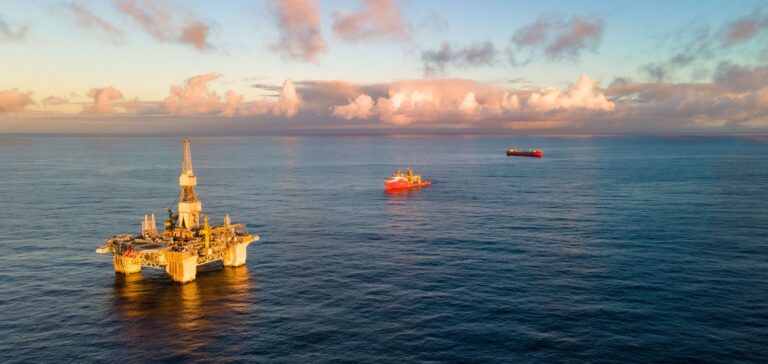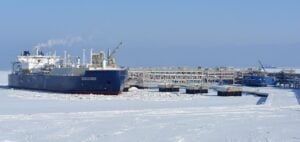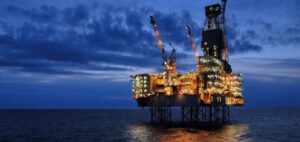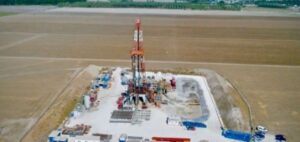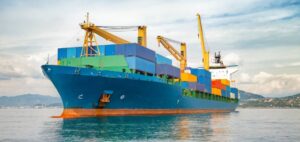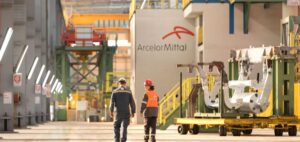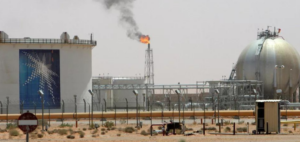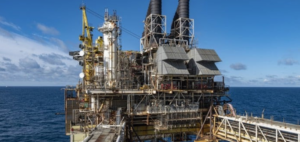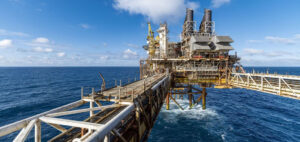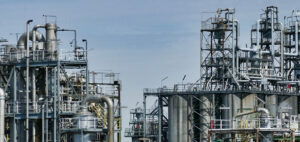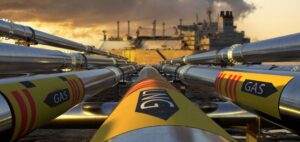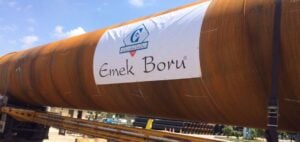Equinor has begun production from a new satellite at its Njord oil and gas field in the Norwegian Sea, as part of delayed work to extend the life of the aging facility.
The Bauge project, which is targeting 50 million barrels equivalent of mainly recoverable oil, went into production on April 8, Equinor announced on April 17, after more than a year of delay. This is one of two development projects designed to feed the recently upgraded Njord facility.
Njord field extended by 20 years by Equinor
No production figures were given for the field, but Equinor said Njord will now produce for another 20 years, with the goal of producing an additional 250 million barrels of oil equivalent over the life of the field.
Oil produced at Njord is transported by pipeline to the floating storage vessel Njord Bravo and then by tankers to market. The gas production, with a capacity of approximately 6.5 million cubic meters per day, is exported through a 40 km pipeline connected to the Asgard transmission system, and from there to the Karsto processing terminal onshore.
Production resumption delayed by the pandemic
Equinor resumed production at the Njord oil and gas field at the end of 2022 after a six-year hiatus for upgrades. Production at the Njord field was originally scheduled to resume two years ago, but the upgrade proved more difficult than expected, partly due to the pandemic.
The Njord platform and FSO have also been prepared to receive production from two new subsea fields, Bauge and Fenja, which contain a total of 110 million barrels of recoverable resources. Equinor is the operator of Njord with a 27.5% stake. Its partners are Wintershall Dea of Germany (50%) and Neptune Energy (22.5%).


